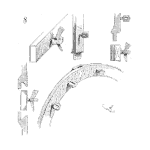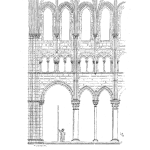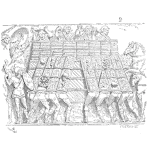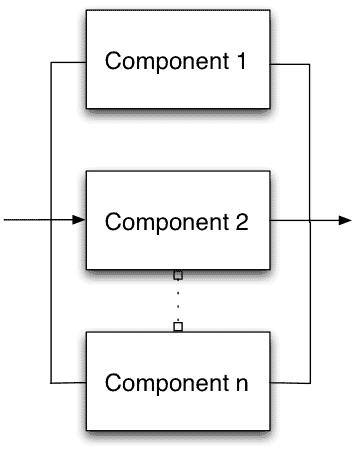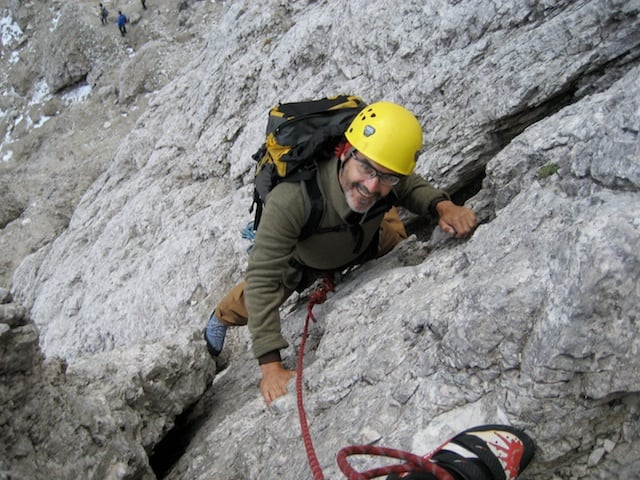
The CRE_Errata_9-26-2011_revised document is in pdf format and contains a couple of typos noted by John Cooper in the Indiana Council CRE prep materials – he has taught the CRE Prep course for Ops A La Carte and is a pretty good teacher and a CRE. [Read more…]
